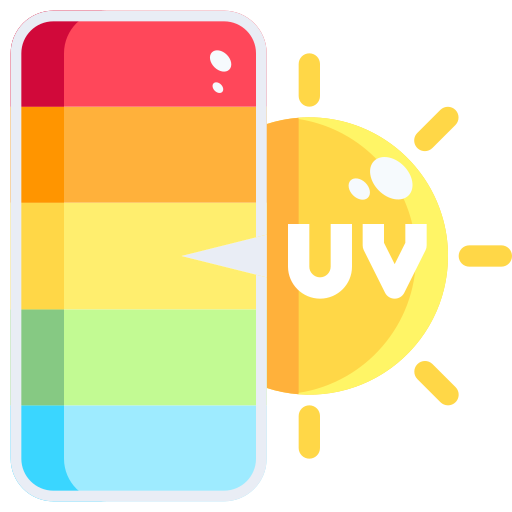Funafuti - Introduction

About Funafuti
Funafuti Current Weather
Funafuti, Tuvalu
2025-12-14 13:23
Partly cloudy
32°C
Temperature:32°C |
89.6°F
Feels like:40.5°C |
104.8°F
Other weather information:
| Parameter | Value |
|---|---|
Wind 
|
20.9 km/h |
Pressure 
|
1007 mb |
Humidity 
|
59% |
Visibility 
|
10 km |
UV Index 
|
13.5 |
Precip 
|
0 |